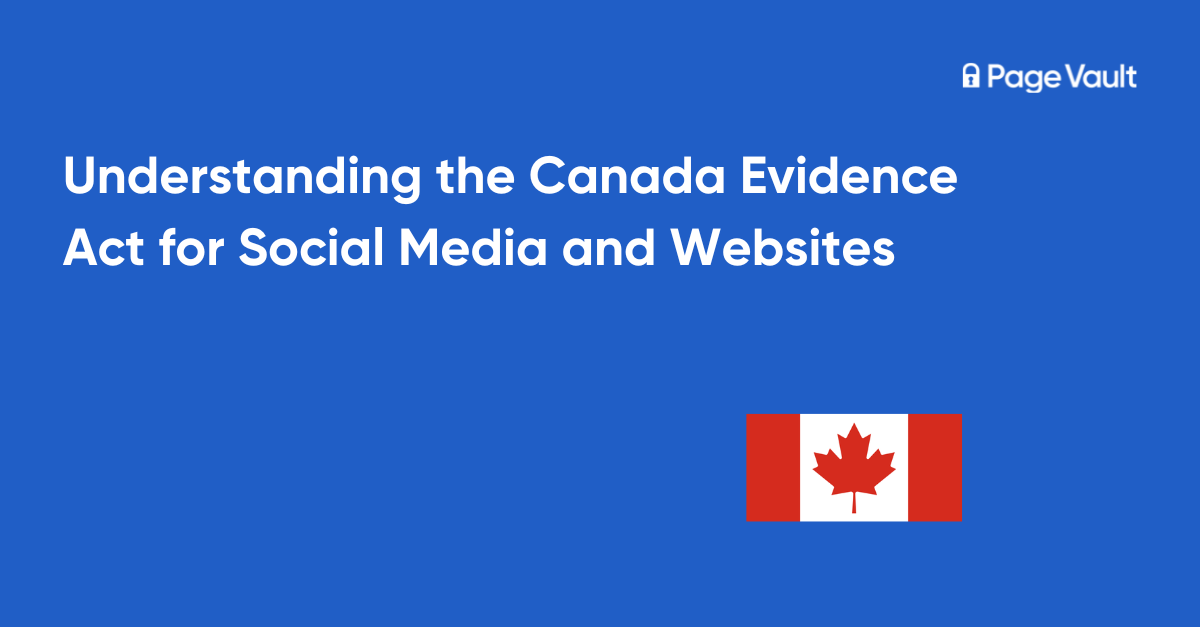IPR Just Got Stricter: What the New PTAB Rule Means—and Why Page Vault Already Has You Covered
Last Updated November 2025
On July 31, 2025, the USPTO issued a three-page memo instructing the PTAB to stop waiving and start enforcing Rule 42.104(b)(4). For petitions filed after September 1, every claim limitation must be mapped to a pinpoint location in a printed publication or patent. Anything else—including AAPA—can no longer supply a missing element (though it can still explain motivation to combine). The Office says the bright-line approach aligns PTAB practice with the Federal Circuit’s recent Shockwave decision and will cut down on remands.
See more

.png)
%20(8).png)

.png)
.jpg)
.jpg)